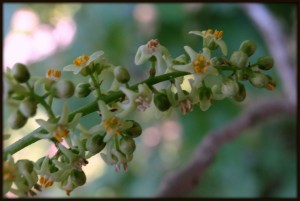The late-day sun glows brightly beneath a young sweetgum leaf along Piney Woods Church Road.
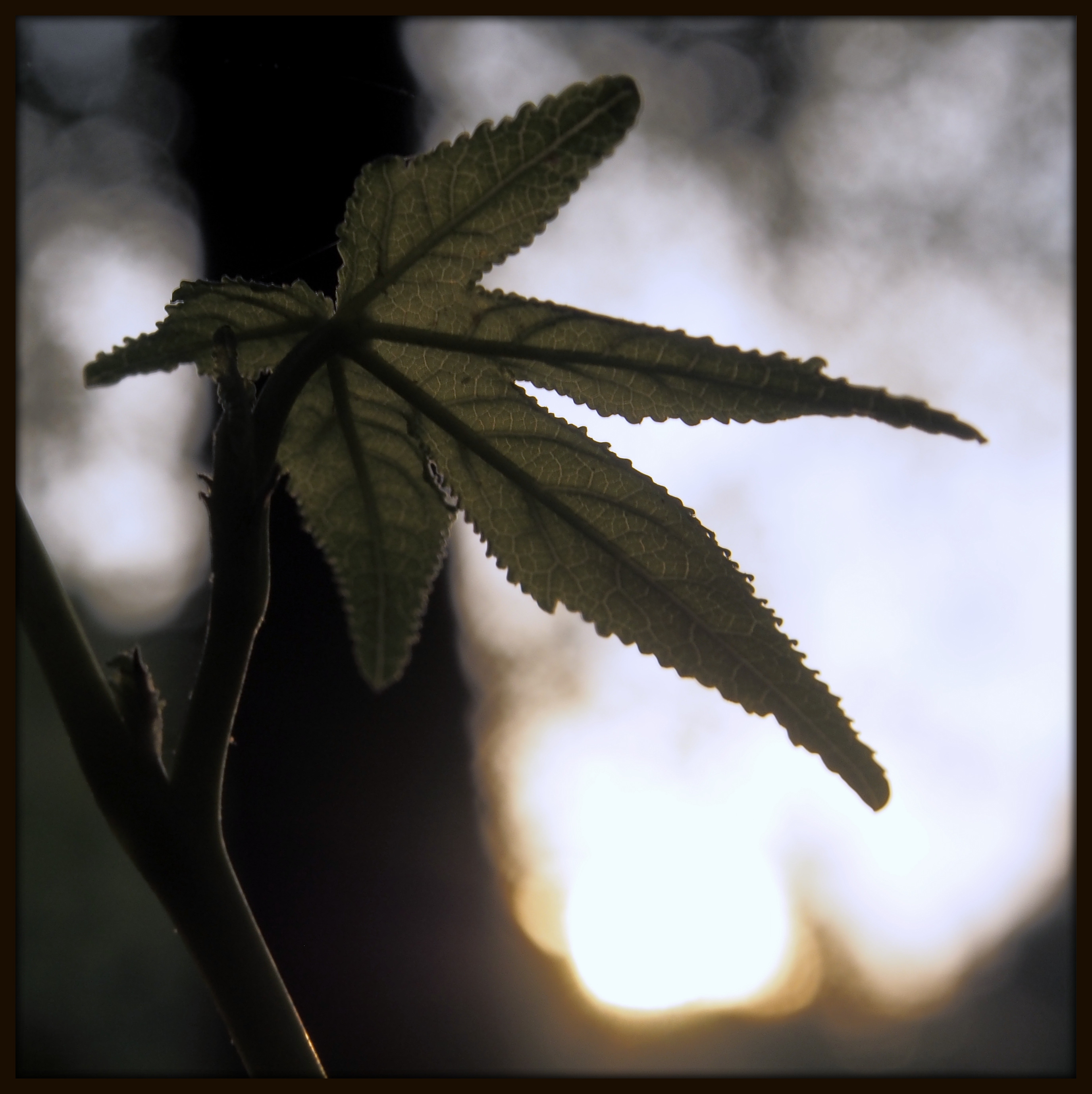
The late-day sun glows brightly beneath a young sweetgum leaf along Piney Woods Church Road.

It was a nondescript warm and somewhat hazy late afternoon along Piney Woods Church Road today. I found nothing particularly exciting to photograph (apart from a couple of lovely spiders I will save for another post). But this image of vine wrapped with a tendril I find entrancing. There is an Asian watercolor feel to it — a flowing grace of color and form. It is one of a thousand vines along the roadside (probably greenbrier) that I pass every day. And yet it is beautiful.
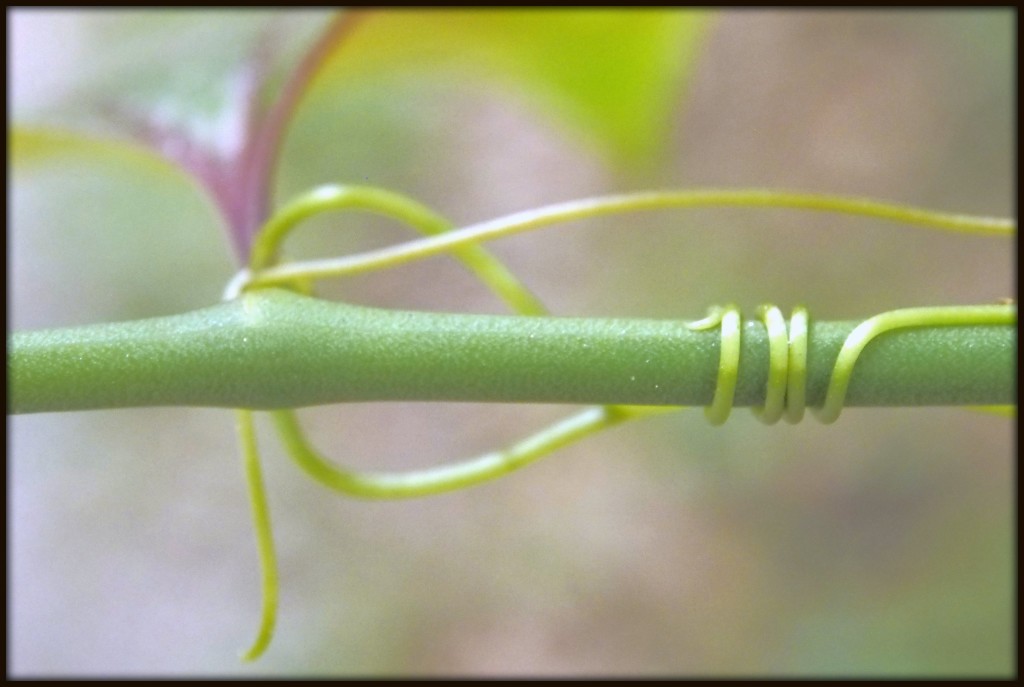
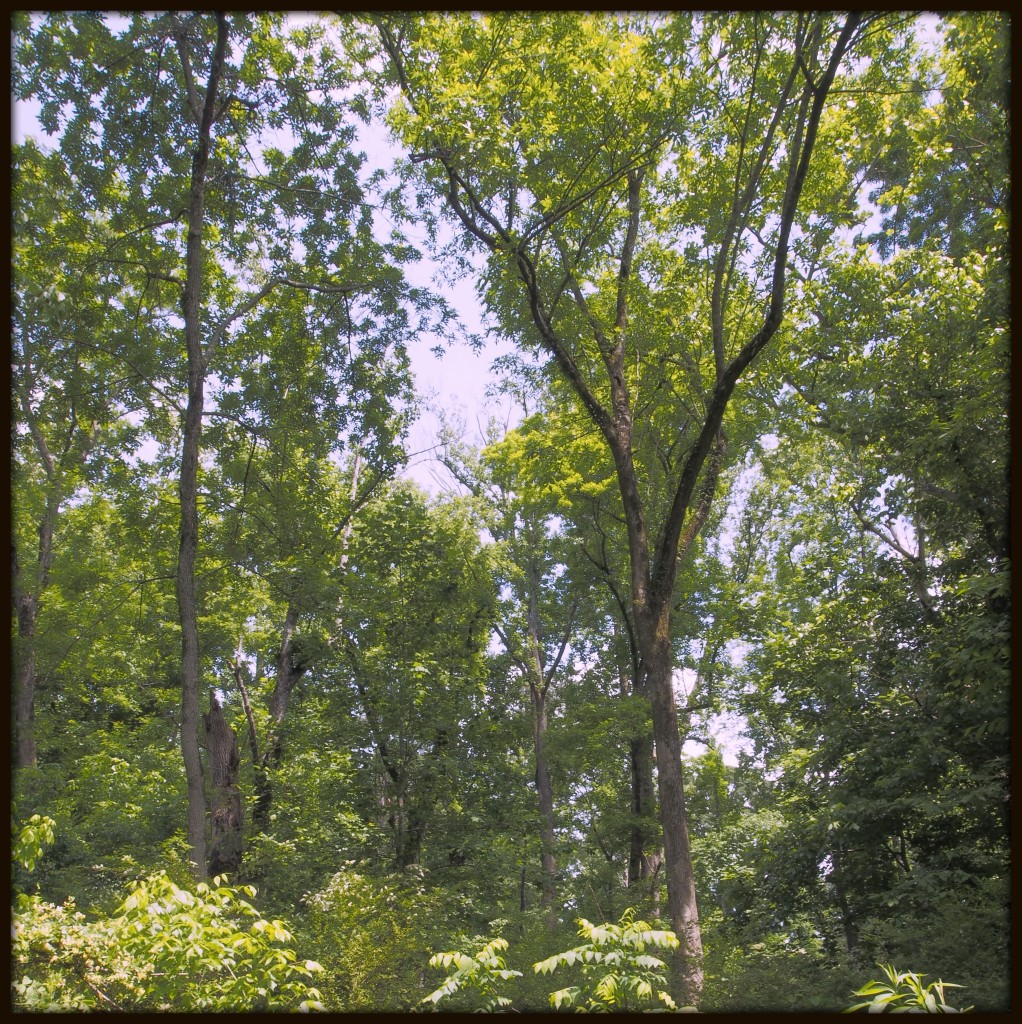
As Memorial Day approaches yet again, the naturalist’s thought turns to how we memorialize those our nation has lost in wars. We construct monuments of granite and marble, polished stone faces with lettering that has come to signify, in our culture, the tragic reality of death, of loss. Perhaps on Memorial Day we might visit a memorial, brush our fingertips against the cold stone letters, and touch, for a moment, our own inevitable mortality. Perhaps even while standing beneath an appropriately leaden sky, we weep for the enormity of our losses along the path to maintain the freedom we first fought for over two hundred years ago. And while we weep, the chainsaws growl, and another tree falls in a stand of forest that stood untouched for the past fifty years or more. Bulldozers scrape their way across the land, and the forest is forgotten.
There is another way.
There is a way to honor our fallen and also to protect and cherish the living forests all around us. It is a model whose roots go back at least to ancient Greece, and probably further. The Greeks (and many other civilizations) maintained sacred groves, patches of forest where they could approach the great Mystery through ritual. The forest was a place for spiritual connection — an awareness not lost on Joseph Smith, founder of the Mormon religion, who had a vision of God and Jesus while praying in a ten-acre beech grove on his family farm in 1820. As a result of this vision, that patch of forest is now cared for and protected. As Donald Enders writes in an article at www.LDS.org, “The Sacred Grove is one of the last surviving tracts of primeval forest in western New York state….. The Church has for some years been directing a program to safeguard and extend the life of this beautiful woodland that is sacred to Latter-day Saints.” Along the streets of Rehoboth Beach, Delaware, and many other towns and cities across the United States, trees have been planted to honor the deceased. Beside the trees, small stone plaques bear a name, a few words of remembrance, and birth and death dates. Within this tradition, the idea of honoring the dead through caring for the living still remains. The next step back to the grove would be to recognize healthy, mature forests as being fitting sacred sites.
Through dedication ceremonies and markers in the forest, they can become places to acknowledge our losses while celebrating life’s continuance, in leaves of an oak and flowers of a tulip poplar. It is this very idea that Joan Maloof proposes in Teaching the Trees: Lessons from the Forest.
On the Eastern Shore of Maryland where she lives, a tract of mature forest was obtained by her county for conversion into a public park. For many residents and county officials, such a park meant ball fields, parking areas, and open spaces — not necessarily a forest. And then September 11th happened. In her grief, inspired by a talk on Buddhist approaches to nature, she decided to turn the forest grove into a memorial for the victims. With red yarn, she hung name tags of the fallen on trees, creating the September 11 Memorial Forest. The act at once established a sacred space for grieving, and protected the trees from being cut. Imagine another Memorial Day in Georgia, years from now. Families gather together, fill their picnic baskets, and wander off into the forest. They come at last to a sturdy beech, or sweet gum,
or sycamore, growing along the banks of a stream. At its base, a small stone bears the name of a brother, a husband, a son. Against a backdrop of birdsong and flowing water, they share memories of the love he had given, and tears, too, for the loss they have endured without him. All
around, they are consoled by the living presence of nature, in a forest forever protected as a memorial grove.
As Memorial Day approaches yet again, the naturalist’s thought turns to how we memorialize those our nation has lost in wars. We construct monuments of granite and marble, polished stone faces with lettering that has come to signify, in our culture, the tragic reality of death, of loss. Perhaps on Memorial Day we might visit a memorial, brush our fingertips against the cold stone letters, and touch, for a moment, our own inevitable mortality. Perhaps even while standing beneath an appropriately leaden sky, we weep for the enormity of our losses along the path to maintain the freedom we first fought for over two hundred years ago.
And while we weep, the chainsaws growl, and another tree falls in a stand of forest that stood untouched for the past fifty years or more. Bulldozers scrape their way across the land, and the forest is forgotten.
There is another way.
There is a way to honor our fallen and also to protect and cherish the living forests all around us. It is a model whose roots go back at least to ancient Greece, and probably further. The Greeks (and many other civilizations) maintained sacred groves, patches of forest where they could approach the great Mystery through ritual. The forest was a place for spiritual connection — an awareness not lost on Joseph Smith, founder of the Mormon religion, who had a vision of God and Jesus while praying in a ten-acre beech grove on his family farm in 1820. As a result of this vision, that patch of forest is now cared for and protected. As Donald Enders writes in an article at www.LDS.org, “The Sacred Grove is one of the last surviving tracts of primeval forest in western New York state….. The Church has for some years been directing a program to safeguard and extend the life of this beautiful woodland that is sacred to Latter-day Saints.”
Along the streets of Rehoboth Beach, Delaware, and many other towns and cities across the United States, trees have been planted to honor the deceased. Beside the trees, small stone plaques bear a name, a few words of remembrance, and birth and death dates. Within this tradition, the idea of honoring the dead through caring for the living still remains. The next step back to the grove would be to recognize healthy, mature forests as being fitting sacred sites. Through dedication ceremonies and markers in the forest, they can become places to acknowledge our losses while celebrating life’s continuance, in leaves of an oak and flowers of a tulip poplar.
It is this very idea that Joan Maloof proposes in Teaching the Trees: Lessons from the Forest. On the Eastern Shore of Maryland where she lives, a tract of mature forest was obtained by her county for conversion into a public park. For many residents and county officials, such a park meant ball fields, parking areas, and open spaces — not necessarily a forest. And then September 11th happened. In her grief, inspired by a talk on Buddhist approaches to nature, she decided to turn the forest grove into a memorial for the victims. With red yarn, she hung name tags of the fallen on trees, creating the September 11 Memorial Forest. The act at once established a sacred space for grieving, and protected the trees from being cut.
Imagine another Memorial Day in Georgia, years from now. Families gather together, fill their picnic baskets, and wander off into the forest. They come at last to a sturdy beech, or sweet gum, or sycamore, growing along the banks of a stream. At its base, a small stone bears the name of a brother, a husband, a son. Against a backdrop of birdsong and flowing water, they share memories of the love he had given, and tears, too, for the loss they have endured without him. All around, they are consoled by the living presence of nature, in a forest forever protected as a memorial grove.
On my way home on a hazy evening after a lackluster photo shoot along Piney Woods Church Road, I paused to photograph a coiled tendril of wild muscadine grape. Against the gray sky, the tendril was simply a black outline; but against the dark green of a nearby cedar, the vine became a vibrant red spiral.
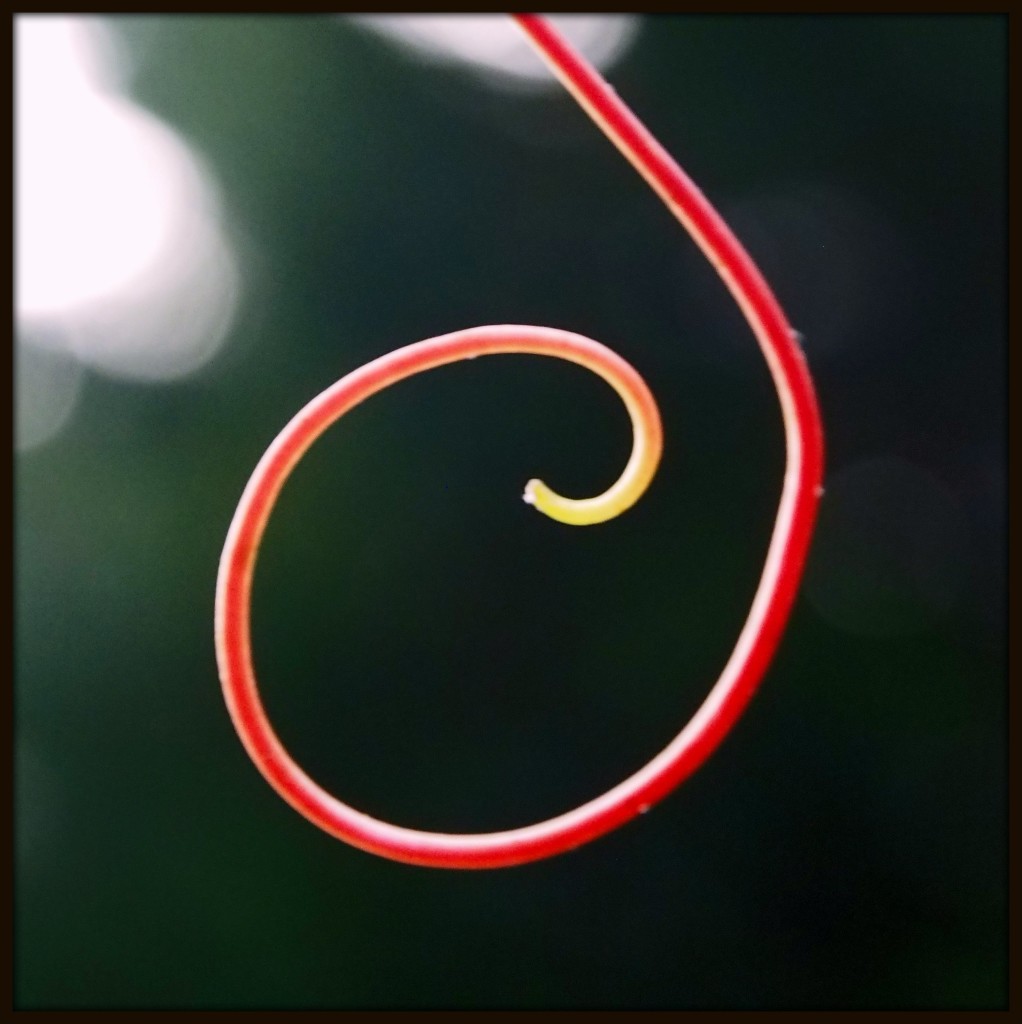
Within an hour of sunset, I took these photographs along Piney Woods Church Road, near its intersection with Rico Road. The fern present in every photograph is an ebony spleenwort (Asplenium platyneuron).

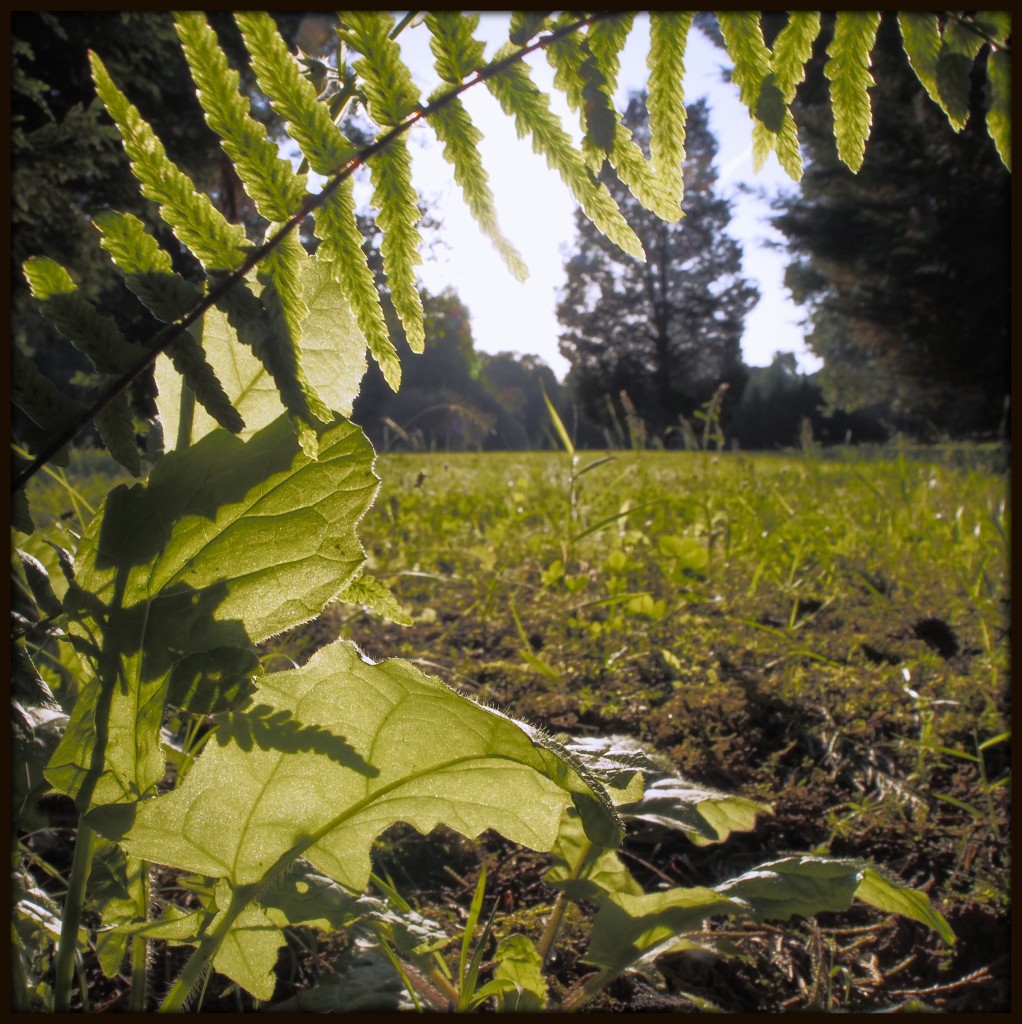
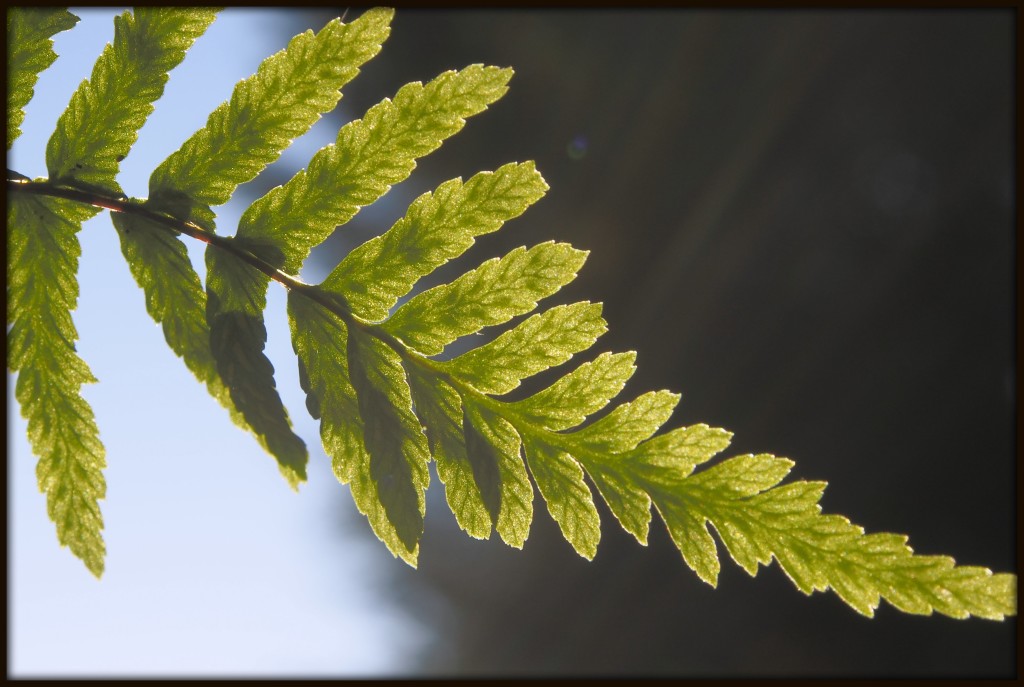
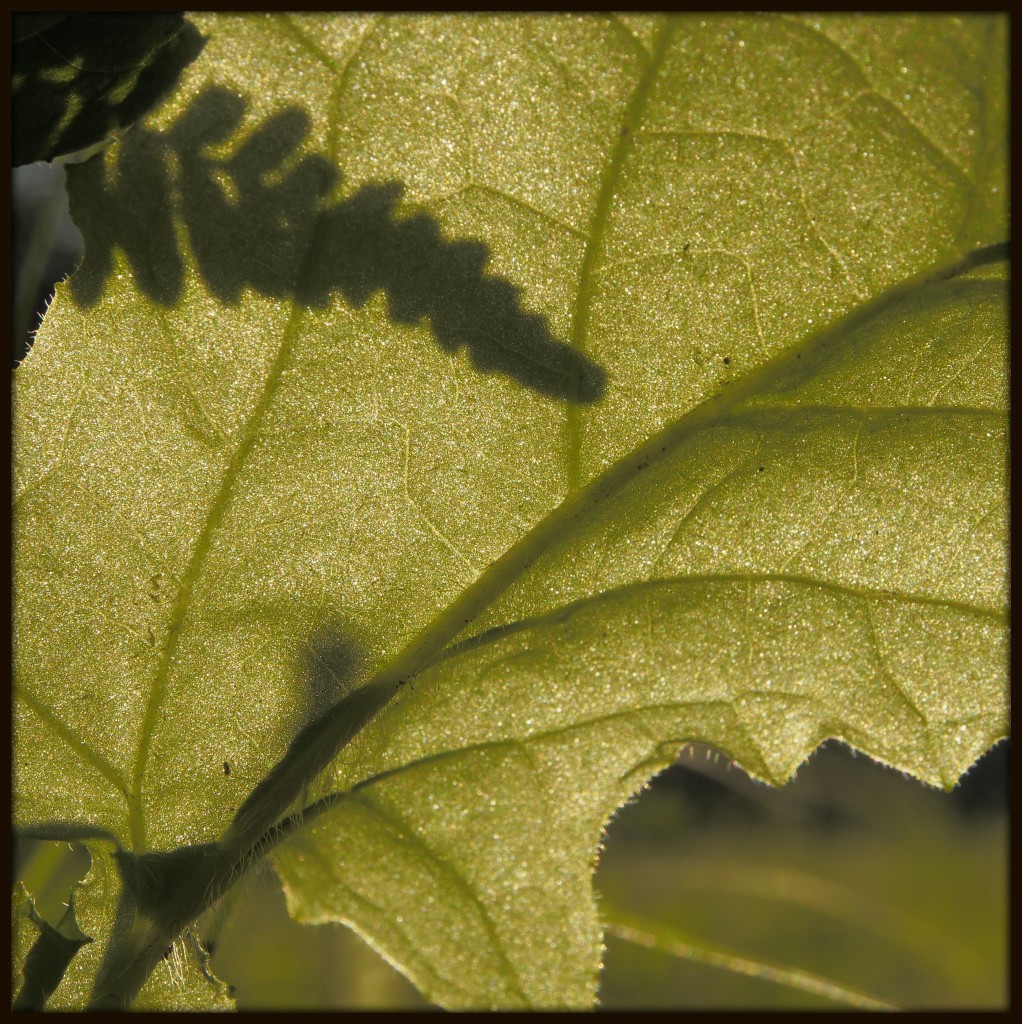
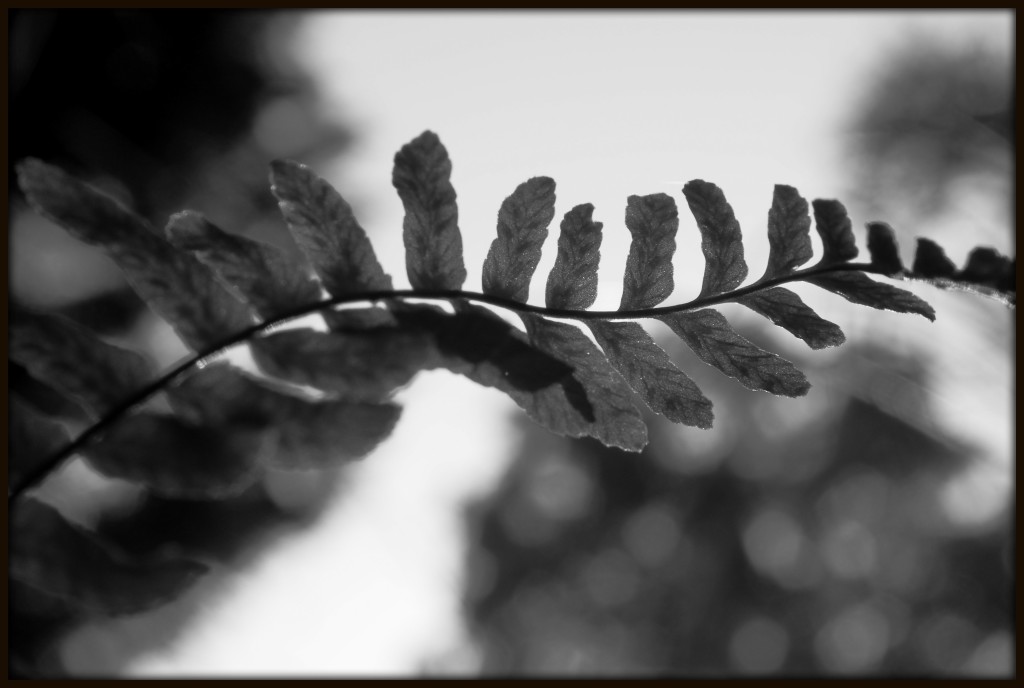

This morning I set out down Piney Woods Church Road as usual, in search of an image for Day 140. I knew it would be practically impossible to match yesterday’s photographs of a pair of mating silkmoths. I settled, instead, for yet another tulip poplar leaf, illumined by the mid-morning sun. There is so much beauty in even the most commonplace expressions of nature.
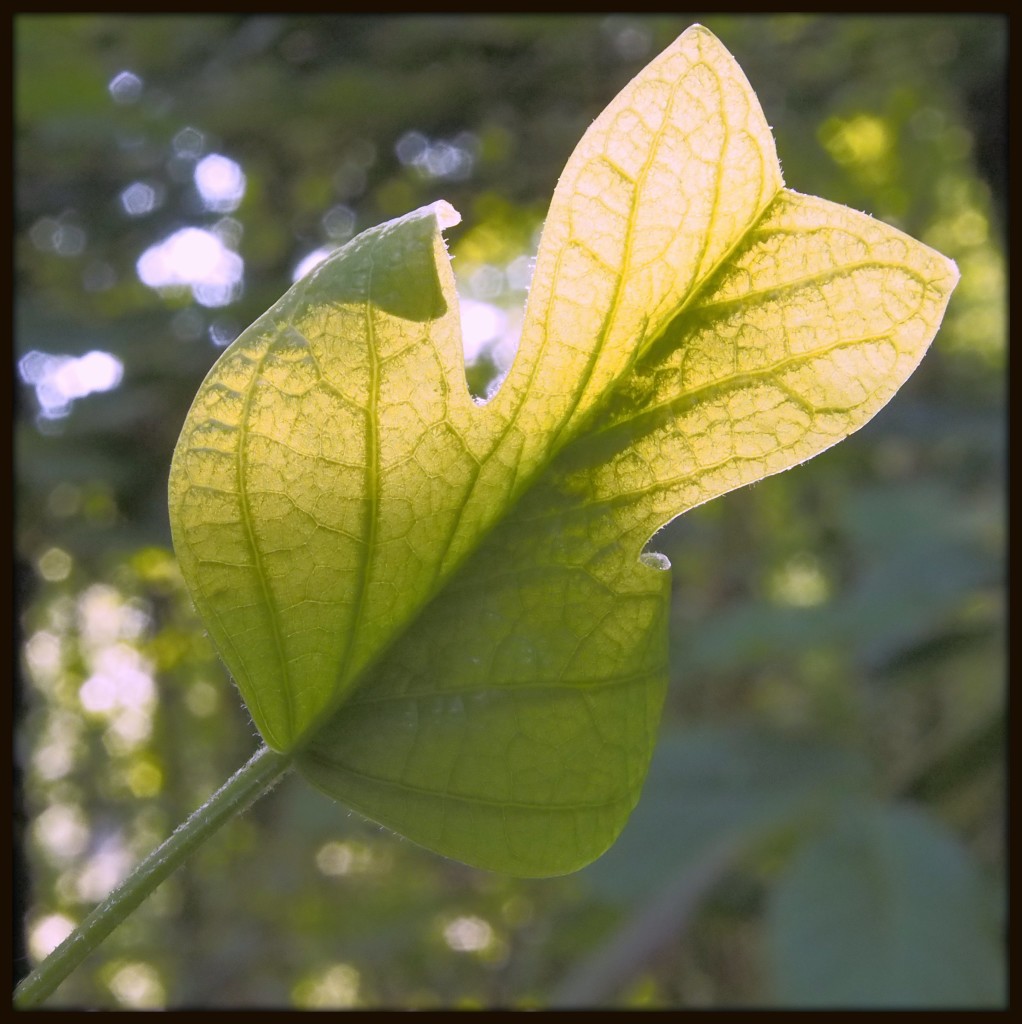
Today I dashed off to Piney Woods Church Road mid-afternoon, having returned from one hike (Line Creek Preserve in Peachtree City; photos from that walk will be posted tomorrow) and being about to leave for another one (Boundary Waters Park in Douglasville, where I hiked sans camera). I took few photographs; one feature that caught my eye was a Christmas fern (Polystichum acrostichoides) sporophyte frond covered with tiny brown dots, called sori (singular: sorus), which are clusters of spore-bearing structures called sporangia. Each sprangium, in turn, contains countless dust-like spores. Basically, there is a whole lot of reproduction going on here. No sex, though — that is reserved for a separate generation of fern plants, called gametophytes. Alternation of generations (from gametophyte to sporophyte and back to gametophyte) is characteristic of ferns, mosses, and their ilk.
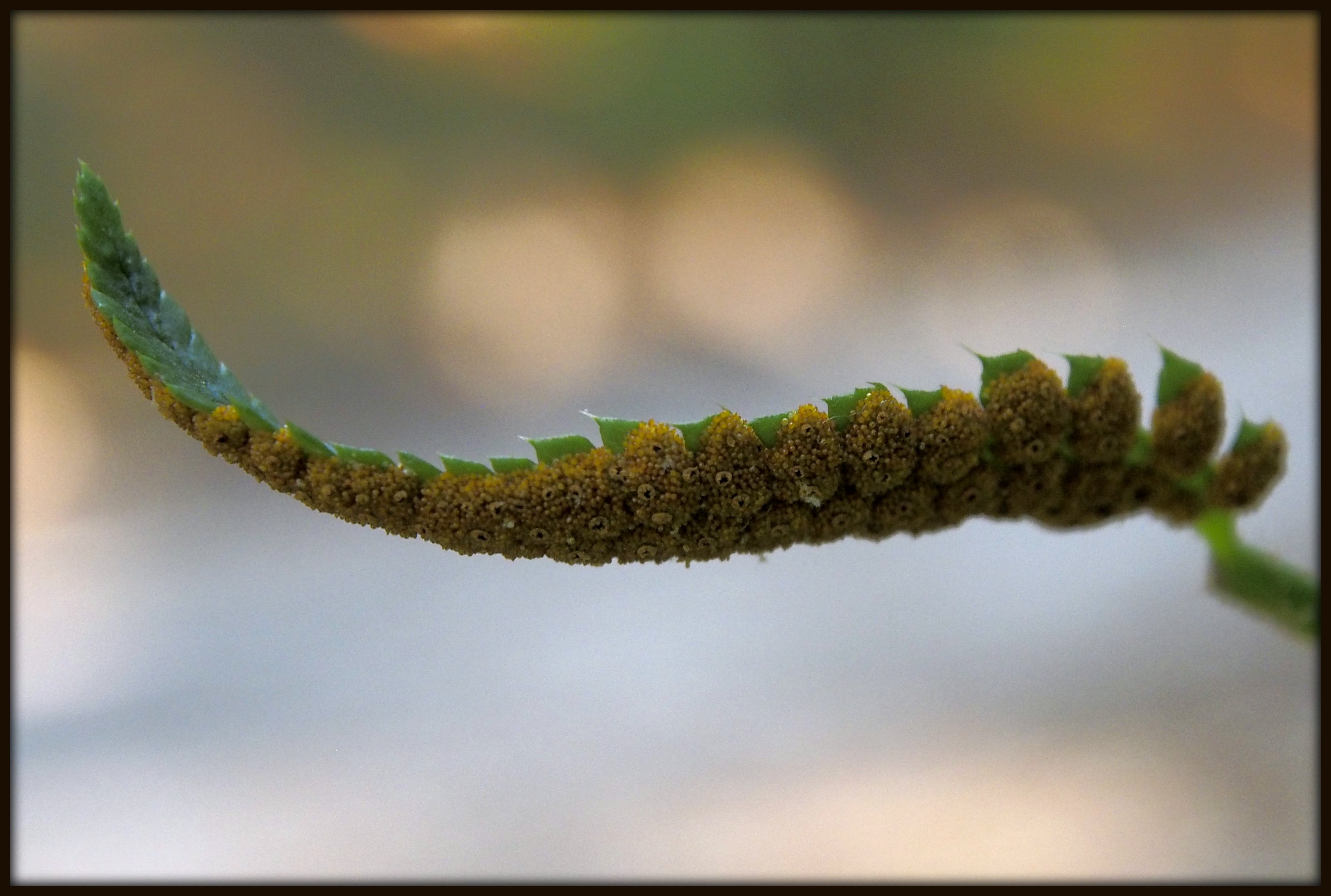
After so many photographs of light on leaves (and so many more to come, no doubt), today I photographed this sassafras tree trunk along the edge of Piney Woods Church Road.
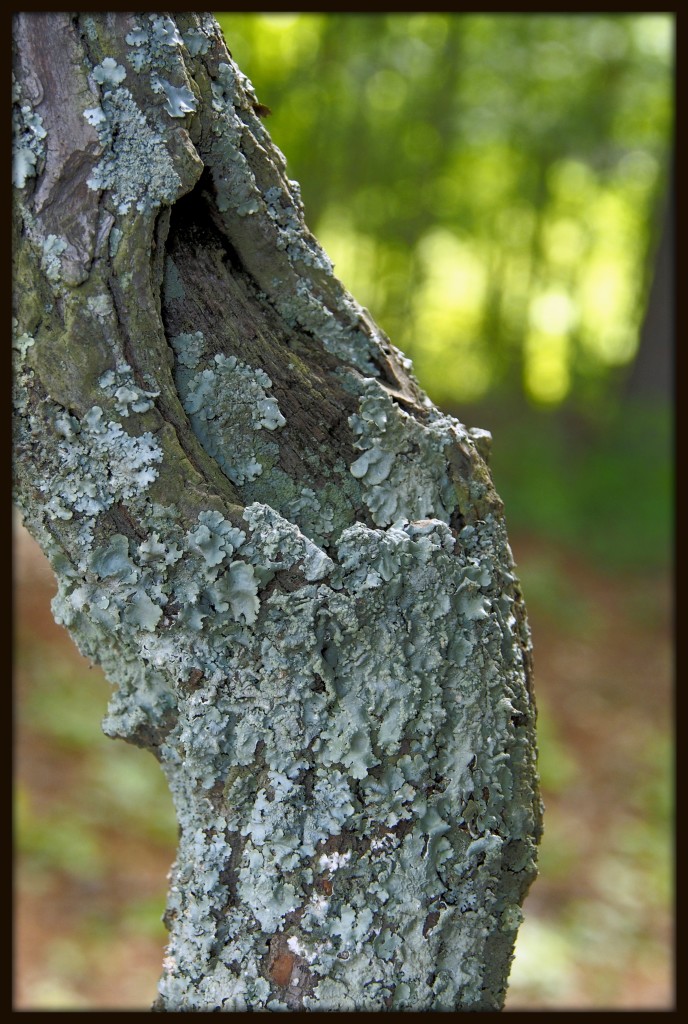

Come along with me on a woodland wildflower walk in celebration of Mother’s Day. We will leave the sun and dust of the roadway behind, retreating to the cool shade of the Georgia forest, in Cochran Mill Park, Chattahoochee Hills. We will also leave behind a number of Eurasian roadside “weeds” in favor of our native wildflowers. Weeds flourish in the ruderal, or disturbed, zone at the road’s edge, while the forest floor is a haven for many colorful and delicate native plants. One of them that greets us on this mid-Spring day is a wild azalea (Rhododendron canescens), blooming along the edge of Bear Creek. Like many of the wildflowers we will encounter on our journey, this one does not keep well if cut and taken home, so instead we will gather a photographic bouquet to honor the mothers in our lives.

Nearby, in dappled sunlight near the stream’s edge, we find yellow stargrass, also called yellow goldstar (Hypoxis hirsuta). When not in bloom, this inconspicuous plant (rarely exceeding six inches in height) appears to be a kind of grass, but it catches the eye once the star-shaped, six-petaled bright yellow flowers burst open. The flowers are pollinated by a variety of small bees.

Our trail wends its way uphill, deeper into the forest. In the relative absence of loblolly pines (commonly a dominant tree in the most recently-farmed parts of the Georgia piedmont, accompanied by sweet gum), there is a rich, deep layer of leaf litter beneath our feet. Thriving among the leaves is a plant with large (four- to eight-inch-long) oval to elliptical leaves. Above the leaves rises a single, forking flowerhead bearing small pale blue flowers that seem out of scale for the large size of the leaves. Known as wild comfrey (Cynoglossum virginianum), it has many traditional uses as a medicinal herb, including as a skin salve for wounds and as a tonic for digestive and respiratory ailments.

We pause along the path to observe, emerging from last year’s fallen leaves, the slender blades of pale blue-eyed grass (Sisyrinchium albidum). The linear leaf blades look like those of an iris, reaching perhaps a foot in height. The pale blue flower has six petals and a yellow center. Although its common name identifies it as a grass, it is actually a member of the Iris Family.

Another small five-petalled yellow flower blooms among the leaf litter. Its shamrock-shaped leaves tinged with red-brown identify it as a wood sorrel, and more specifically, the common yellow wood sorrel, or sourgrass (Oxalis stricta). As the genus name hints, the leaves of wood sorrels contain oxalic acid, which imparts a lemony flavor to them. A small handful of wood sorrel leaves can make a tangy addition to salads; however, they can be poisonous if eaten in large doses.
.JPG)
Wandering off the trail near a rocky ledge above a stream, we find white blooms of both the rue anemone (Thalictrum thalictroides) and its showier cousin, the false rue anemone (Enemion biternatum). Both belong to the buttercup family, and both do not actually have flower petals; instead, the sepals serve that role. The false rue anemone has robust flowers with only five parts, and deeply-lobed leaves, while the rue anemone has more delicate, slender-sepaled flowers with five to ten parts, and leaves with rounded teeth.

Nearby is yet another wood sorrel, this time with five white petals tinged with pinkish-purple. Known as the violet wood sorrel (Oxalis violacea), it was first described by the father of botanical taxonomy, Carl Linnaeus, in 1753. Like all wood sorrels, it has leaves that are shaped like shamrocks, giving sorrels the collective common name of “wild shamrocks”. The word “sorrel” is German for “sour”, referring to the sour, lemony flavor of the leaves.

Our path winds along a stream and into an adjacent wooded wetland. There, growing in the dappled sunlight in the mucky soil, is a Jack-in-the-pulpit or Indian turnip (Arisaema triphyllum). The flower consists of a central club-shaped spadix (“Jack”) surrounded by a leaf-like bract called a spathe (“the pulpit”). While the spathe’s exterior is a subdued greenish white, the interior is decorated with a dramatic reddish-purplish-black that is solid above and striped with white below. With its three enormous leaflets and highly distinctive flower shape, it is one of the easier woodland wildflowers to identify. As such, it has also been given dozens of fascinating names, including pepper turnip, bog onion, brown dragon, Indian cherries, Indian cradle, marsh turnip, and Plant-of-Peace. It’s fascinating organic form rounds out our woodland bouquet beautifully.
Poison ivy is, admittedly, not a popular plant with most people. For those highly allergic to the oil the leaves and vines exude, it can seem downright evil. Yet the deer seem to enjoy it from time to time. And if you can find a spot where the leaves aren’t too dense, on a day the wind isn’t blowing too much (so that a leaf doesn’t brush against your hand), sometime in mid-spring you might discover its lovely greenish-white blossoms with brilliant orange centers, each a couple of millimeters across, hidden beneath the toxic foliage.
